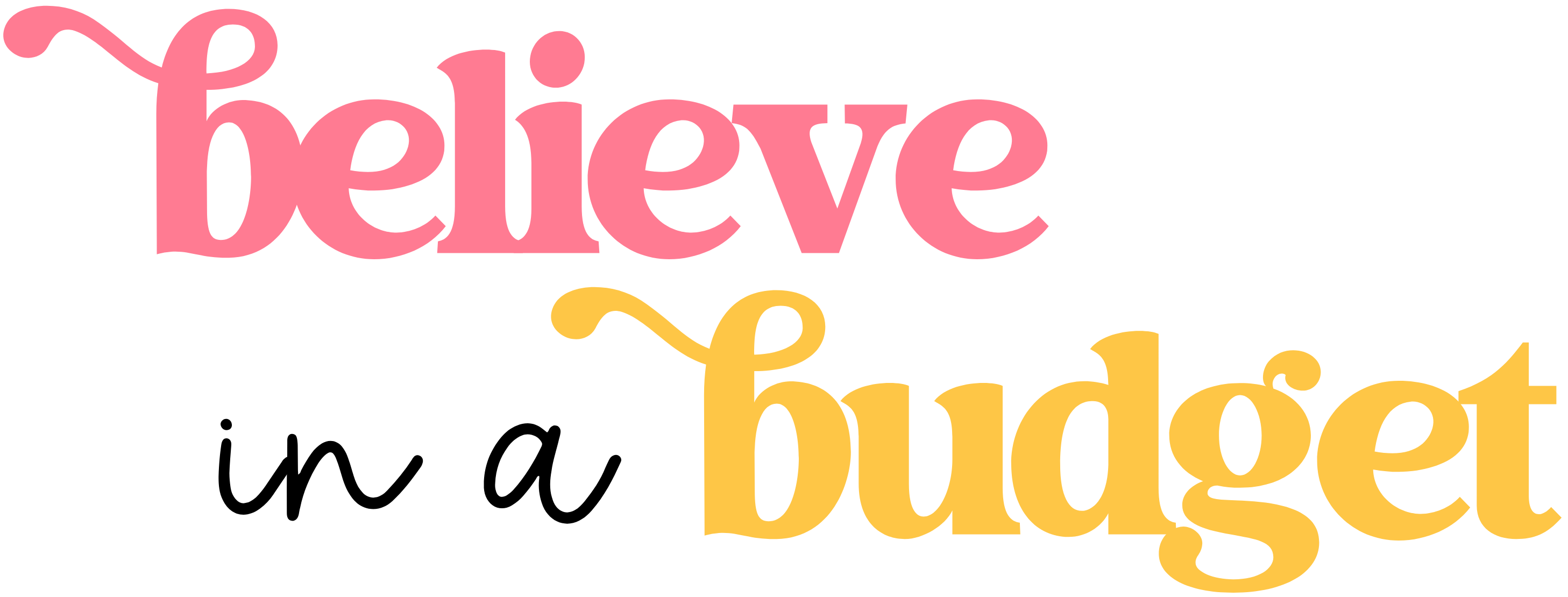What is Doom Spending? And How to Stop!
With inflation and the rising cost of living, younger generations use their emotions to dabble in doom spending. A term popularized on social media, doom spending is like extreme retail therapy.

Instead of buying a coffee or a new outfit to cope, Gen Z and millennials are giving up on long-term financial goals and going into debt with high-dollar impulse purchases.
Are you guilty of doom spending?
Let’s examine how doom spending can affect your finances and how you can regain control of your money.
What is doom spending?
Doom spending is an emotional response to concerns regarding one’s personal finances and the unpredictable global economic situation.
When one never feels like they can save enough to pay off debt or get ahead, instead of curtailing one’s spending, one typically spends more than one would on designer items or luxury experiences.
Living in the moment is a typical response when dealing with depression and anxiety.
Retail therapy or a quick getaway can provide instant gratification. However, doom spending has taken self-care to a new level, with millennials and Gen Z’s finances taking the hit.
How doom spending can affect your finances
Doom spending, in short, affects your long-term financial goals.
Suppose you continue to spend money on luxury items and experiences. In that case, it will prolong traditional adulting goals of moving out, owning a house, starting a family, or paying off student debt.
Younger consumers are taking control of their finances, although in an unhealthy way.
Strapped with the interest of student loan debt and being outbid for housing by older generations, doom spending is not only a way to cope with financial failure.
Still, it has also become a way to compete with younger generations.
With social media on the rise, Gen Z and millennials seemingly live better lives online while living with their parents in real life.
Social media has encouraged buy now, pay later apps and impulse spending, keeping younger generations dependent on older generations for basic needs.
6 ways to stop doom spending
You don’t have to conquer doom spending alone. Here’s how to modify your daily habits and start on the path to financial freedom.
1. Keep a financial journal
If impulse purchases plague you, keeping a journal can help you see the pattern of your buying sprees and help curb that behavior.
Every time you buy a non-necessity, note the purchase in your journal.
Write down what you purchased, the cost, and why. Then, reflect on why you bought it and how it made you feel.
Not into writing everything down with pen and paper? Try using one of the best financial apps to track purchases.
Once you have logged a couple of months, you will begin to see the pattern of your purchases, the money that could have gone into savings, and how you can use other coping mechanisms to keep more cash in the bank.
2. Fast from social media
Smartphones are essential for communication, paying bills, and keeping life organized. However, we spend most of our time scrolling or “doomscrolling” on our phones.
The longer you scroll, the more apt you are to purchase things or experiences you don’t need.
For the best results, fast from social media. Uninstall the apps or at least restrict yourself to 20 minutes a day.
After a few days, you won’t miss scrolling, and you can replace that time with reading, exercising, or getting outdoors.
3. Speak with a financial mentor
When a vision board isn’t visioning, you should find a financial advisor who can educate you on changing your money situation one baby step at a time.
Meeting regularly with a financial accountability partner can help you stay on track.
She can create a customized budget and give you an out when your friends or family continue to spend too much.
4. Remove credit card information from online browsers
When you notice that your favorite products are on sale, it can be easy to make a few clicks and purchase without thinking about it.
If most of your impulse purchases occur online, removing your credit card information from your computer, phone, and tablet can help you think twice before you purchase.
Unsubscribing from retailer emails and SMS text messaging can also help keep impulse purchases out of sight and out of mind.
If you are still thinking about that impulse purchase, consider waiting 24 hours before you purchase. You might find you no longer need it.
5. Change the way you pay
You can go one step further by changing the way you pay. The easiest way to know how much money you must spend on treating yourself is to go to an all-cash system for purchases.
However, getting cash weekly or daily isn’t convenient for everyone.
Switching from a credit card to a debit card can also be wise. Instead of maxing credit cards, you can no longer make purchases once your debit card is out of money.
6. Create a budget
Do you want to splurge every once in a while? We all do.
Creating a budget is the only way to know how much we can spend on splurges. A budget outlines income and expenses.
Knowing your discretionary income (income left over after expenses) can help you separate amounts into saving and spending.
Using cash envelopes and a budget binder are a fun and visual way to track your expenses.
There are a ton of YouTube and TikTok videos on how to track your monthly expenses each month to make it more fun while getting serious debt-free results!
Once you know how much you must spend each month, you can tailor your luxuries to your budget.
This will help you not overspend and stay out of debt that can cripple your long-term financial goals.
Be careful you don’t become a doom saver.
It’s natural to want to move in the opposite direction to avoid doom spending, but be careful about becoming a doom saver.
While saving for the future is excellent, obsessing over your emergency fund can damage your mental health.
It’s essential to balance saving and spending so you can enjoy life and socialize with family and friends.
Educate yourself on the best ways to trim expenses, secure your money, and save for the future.
The more you know about personal finances, the easier it will be to prioritize your long-term financial goals.







